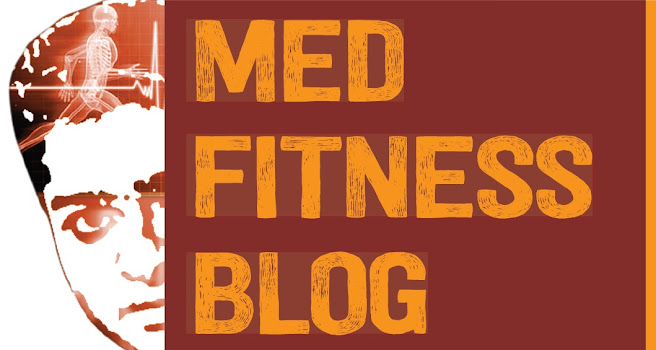Dry skin on the legs
is a dermatological problem called xerosis or asteatosis by
dermatologists, though it is most commonly known as "winter itch." It
most often occurs in the winter months, when there is less humidity in
the air. Dry skin on the legs can happen to anybody at any age and when
dry the skin will feel rough and flaky. Extreme cases can even result in
the skin cracking. Keeping reading for detailed instructions on healing
dry skin on the legs.
Steps:
1 Rule out medical causes.
A symptom of some diseases can be dry skin and some medications may cause dry skin as a side effect. It is important to visit with your doctor first to ensure that your dry skin isn't a result of a medical or pharmacological issue.
2 Bathe properly.
The first thing to do when trying to heal dry skin on the legs is to ensure that it doesn't worsen. Excessive bathing, either in frequency or duration, can exacerbate the problem and cause more dry skin. Hot water and soaps can both rid the skin of essential hydrating oils and moisturizers. Bathe for no more than 10 minutes at a time, no more than once per day, in warm water. Use moisturizing soaps or no soap at all.
3 Dry properly after bathing.
After bathing, it is important not only to dry quickly but also to dry properly. Rather than rubbing the towel across your skin, pat yourself dry. Rubbing motions will remove too much moisture from the skin.
4 Moisturize after bathing.
Within 3 minutes of drying from the bath or shower, rub a moisturizer onto the skin of your legs to lock in any residual bathing moisture. You can use any moisturizing lotion or even baby oil or petroleum jelly on your legs.
5 Moisturize frequently.
Carry a small container or lotion with you and apply it liberally throughout the day. Unscented moisturizers are best as some heavily perfumed lotions can rid the skin of moisture rather than replace it.
6 Watch for red patches.
Excessively dry skin on the legs may result in red patches; this condition is called eczematous. These patches should be treated with an over-the-counter cortisone cream, though if the problem persists you should see your doctor who can prescribe a steroid ointment to help clear up the patches.
7 Increase the humidity.
Increased humidity in the home will help your skin retain moisture. Dry, hot air will leech moisture from your skin; keeping a small humidifier in your bedroom at night will make a big difference.
Warnings
Once you begin self-treatment of dry skin on the legs, the dry skin should heal within 7 to 10 days. See a doctor if it worsens or doesn't appear to be healing.
Things You'll Need
+ Moisturizing soap
+ Cortisone cream
+ Lotions, ointment, or baby oil


